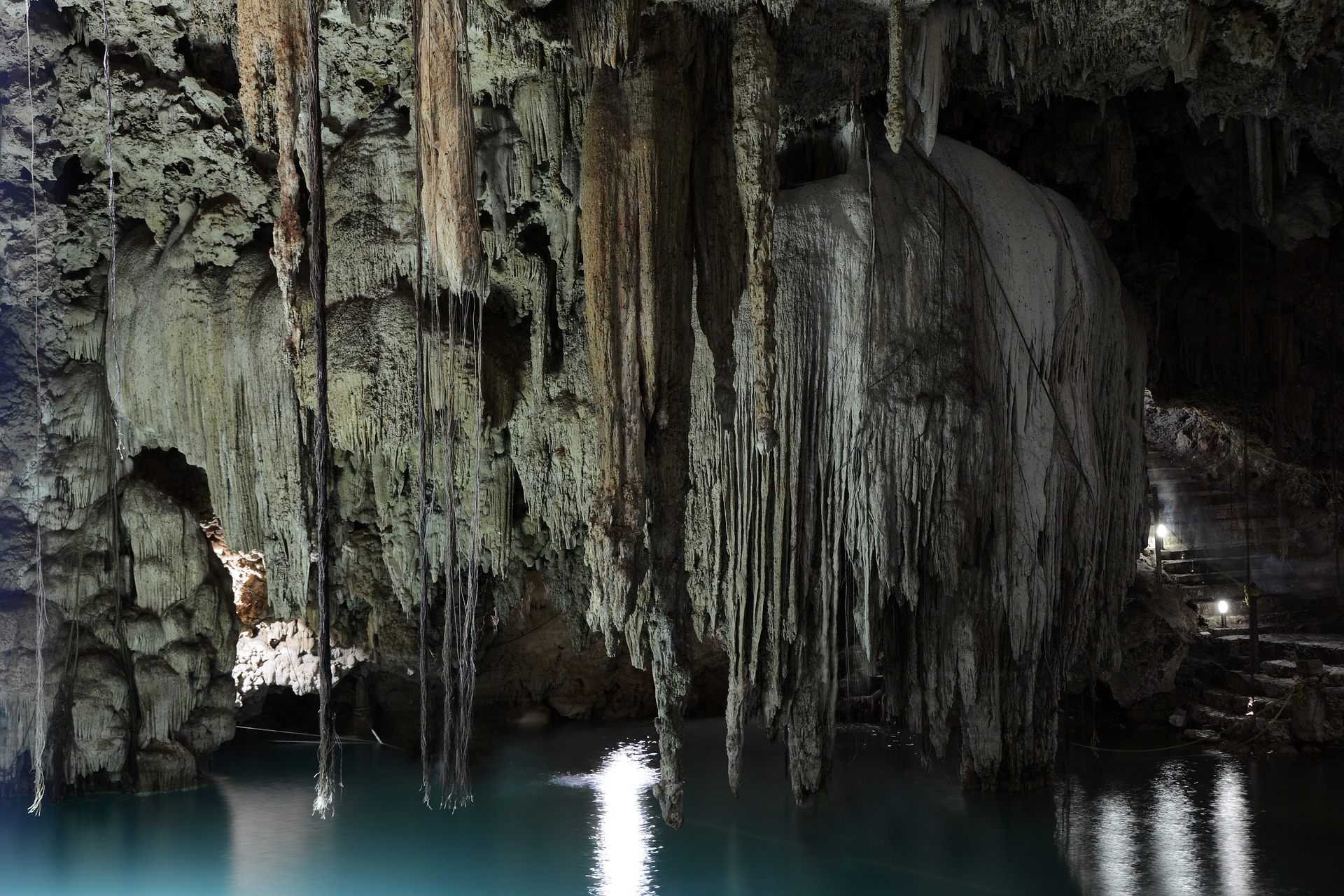
Ever heard of a Cenote?
I had never heard of it until recently when I watched an episode of Expedition unknown where Josh Gates went to Mexico to investigate the Mayan apocalypse.
It's alright you do not have to know about Expedition unknown. It’s too science-y... and exploration-y... and history-y. Which spells out fun for me, but, believe it or not, I’ve learned it’s not the same for everyone.
What are Cenotes?
Cenotes are deep pits or sinkholes fed by the filtration of rain and currents of underground rivers that are born in the heart of the earth. The term Cenote has also been used to describe some similar karst features in Cuba and Australia. But Cenotes are prevalent and most awe-inspiring in the Yucatan peninsula, Mexico.
The Yucatan peninsula separates the Gulf of Mexico from the Caribbean Sea.
Never mind that my only experience with Cenotes was from a comfy sofa with some popcorn and a TV screen, they still looked amazing enough for me to put them on my bucket list… and evidently to write this article.
Cenotes are pits of freakishly clear water, and they look absolutely spectacular.

What were Cenotes to the Mayas?
The Mayas lived in, mostly, thick jungles with no rivers or freshwater. This is why Cenotes where very important to them, they were a primary source of water.
But that’s not all, some were also used for another, arguably important, purpose.
Religious ceremonies.
It is said that Cenotes were sacred to the Mayas. They believed that Cenotes are gateways to the afterlife— or the underworld if you would. And why wouldn’t they? The stalactites found inside, formed from limestone dissolution, makes it look spooky and otherworldly.

Cenotes were revered as homes of the gods, and people would throw in valuable objects to please them.
At the Holtun Cenote in Chichén Itzá, Remains were found of over a dozen humans, with some pottery and some sharp objects thought to be sacrificial knives. This suggests how utterly sacred Cenotes were to the Maya people.
Today, Cenotes, along with the ruins of the Mayan cities, are tourist hotspots. People travel to the Yucatan peninsula to explore these.
Why are these Cenotes worth taking a look at?
Well, for starters, I think it will be pretty gratifying just to crush them off the bucket list since they already made it all they in, but Cenotes are enough to keep your adrenaline level just where you need it on an adventure!
Visitors can enjoy cliff diving, snorkeling, floating down a river amidst the mangroves, and a whole lot more depending on the Cenote visited.
Me though, I am more interested in the history, how the Mayans used to interact with the Cenotes, and why they thought of Cenotes as the home of the gods. Learning about this and then experiencing the ambience of the crystal-clear water while contemplating how it could have been millions of years ago, sounds good to me.
Hopefully that does not sound freaky given the use of the Cenotes back then.
However, we can all agree that these Cenotes are truly magical. They deserve a place in the bucket list!

Really cool! I love love love science-y things like this too (My degree is in Geography).
ReplyDeleteIf you’re looking for something similar to this but don’t want to go all the way to Mexico, we have the same type of geologic structures here in Florida. We have lots of Karst topography, springs and underwater caves!
I've always been interested in cenotes. They just look so interesting.
ReplyDeleteI never heard the word centoes before, it's my first time of hearing it, and ma'am view beautiful
ReplyDelete